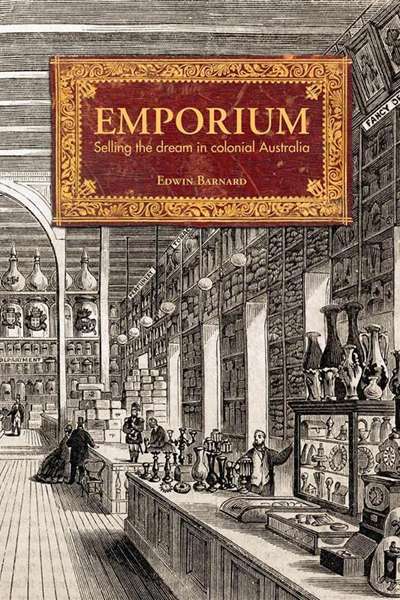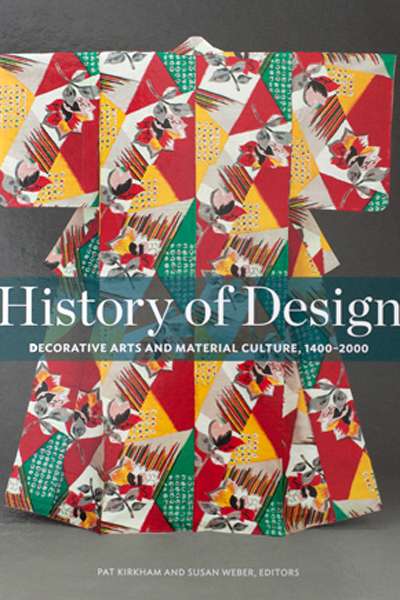Accessibility Tools
- Content scaling 100%
- Font size 100%
- Line height 100%
- Letter spacing 100%
Christopher Menz
The ABR Podcast
Released every Thursday, the ABR podcast features our finest reviews, poetry, fiction, interviews, and commentary.
Subscribe via iTunes, Stitcher, Google, or Spotify, or search for ‘The ABR Podcast’ on your favourite podcast app.
‘Where is Nancy?’ Paradoxes in the pursuit of freedom
by Marilyn Lake
This week on The ABR Podcast, Marilyn Lake reviews The Art of Power: My story as America’s first woman Speaker of the House by Nancy Pelosi. The Art of Power, explains Lake, tells how Pelosi, ‘a mother of five and a housewife from California’, became the first woman Speaker of the United States House of Representatives. Marilyn Lake is a Professorial Fellow at the University of Melbourne. Listen to Marilyn Lake’s ‘Where is Nancy?’ Paradoxes in the pursuit of freedom’, published in the November issue of ABR.
Recent episodes:
As if to make the point that Richard Wagner's shadow looms over all the classical music that followed him, this Sydney Symphony Orchestra concert entitled Thus Spake Zarathustra began and ended with him.
... (read more)After his Adelaide concert, Grosvenor concluded his Australian tour with a stellar performance of the Grieg piano concerto with the Melbourne Symphony Orchestra under the baton of Asher Fisch, first in Geelong then in Melbourne. The concerto was flanked by Tchaikovsky's Romeo and Juliet Fantasy-Overture and his Fourth Symphony. Even such an exuberant program, with the full forces of the orchestra in fine form, proved the power of music to provide the necessary solace following news of the dreadful events in Paris on 13 November.
Grosvenor demonstrated his perfect artistry and musicianship, bringing extraordinary subtlety of expression to a work better known for its bombastic passages and hair-raising exposed entries for the soloist.
Philanthropy and the Arts by Jennifer Radbourne and Kenneth Watkins
The Essence of French Cooking by Michel Roux & The Best of Gretta Anna with Martin Teplitzky by Gretta Anna Teplitzky and Martin Teplitzky
Simone Young’s return to Melbourne saw her presenting a mostly Romantic program with soprano Emma Matthews and the Australian National Academy of Music (ANAM) Orchestra. The first half, heralded by Paul Stanhope’s Fantasia on a Theme of Vaughan Williams (2003), was devoted to Duparc songs and an orchestral nocturne. After ...









